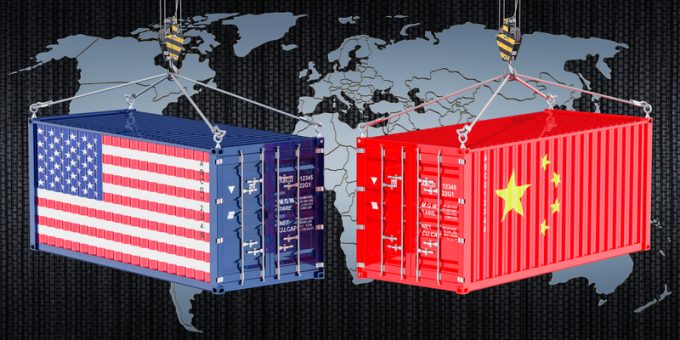Deal talk, new partners and codswallop in logistics
It’s a wrap…

Ahead of the traditional transpacific annual contract rate negotiating season, there seems no slowing of Asia-US container spot rate erosion.
The failure of ocean carriers to halt the decline by capacity management blank sailing programmes– at the same time counterintuitively heavily discounting short-term rates – has ...
CMA CGM South Korean staff strike over bonuses after bumper 2024 profit
MSC switches two more Asia-Europe port calls from congested Antwerp
Ports and supply chain operators weigh in on funding for CPB
Nightmare for Bangladeshi exporters as congestion and tariffs bite
Carriers introduce surcharges as congestion builds at African ports
Box ship overcapacity threat from carrier appetite for new tonnage
CMA airline returns two freighters, while ANA takeover of NCA looms
Tradelanes: Export boom in Indian sub-continent triggers rise in airfreight rates

Comment on this article
Marc Greenberg
February 24, 2023 at 2:35 pmComplete lack of discipline by the ocean liners continues to roil markets. Last year is was the complete lack of reality and a disregard for the customer or the trade that also roiled markets. It is obvious that global oversight of carrier behavior is needed to address such radical market volatility. This “get what you can when you can” attitude swings in two directions and cuts markets like a freshly sharpened knife. When does the shipping community say its enough and institute global regulation to control carrier behavior to stabilize markets. We live in a global village today and these bad actors are running free creating chaotic and undependable markets – not good for business anywhere!